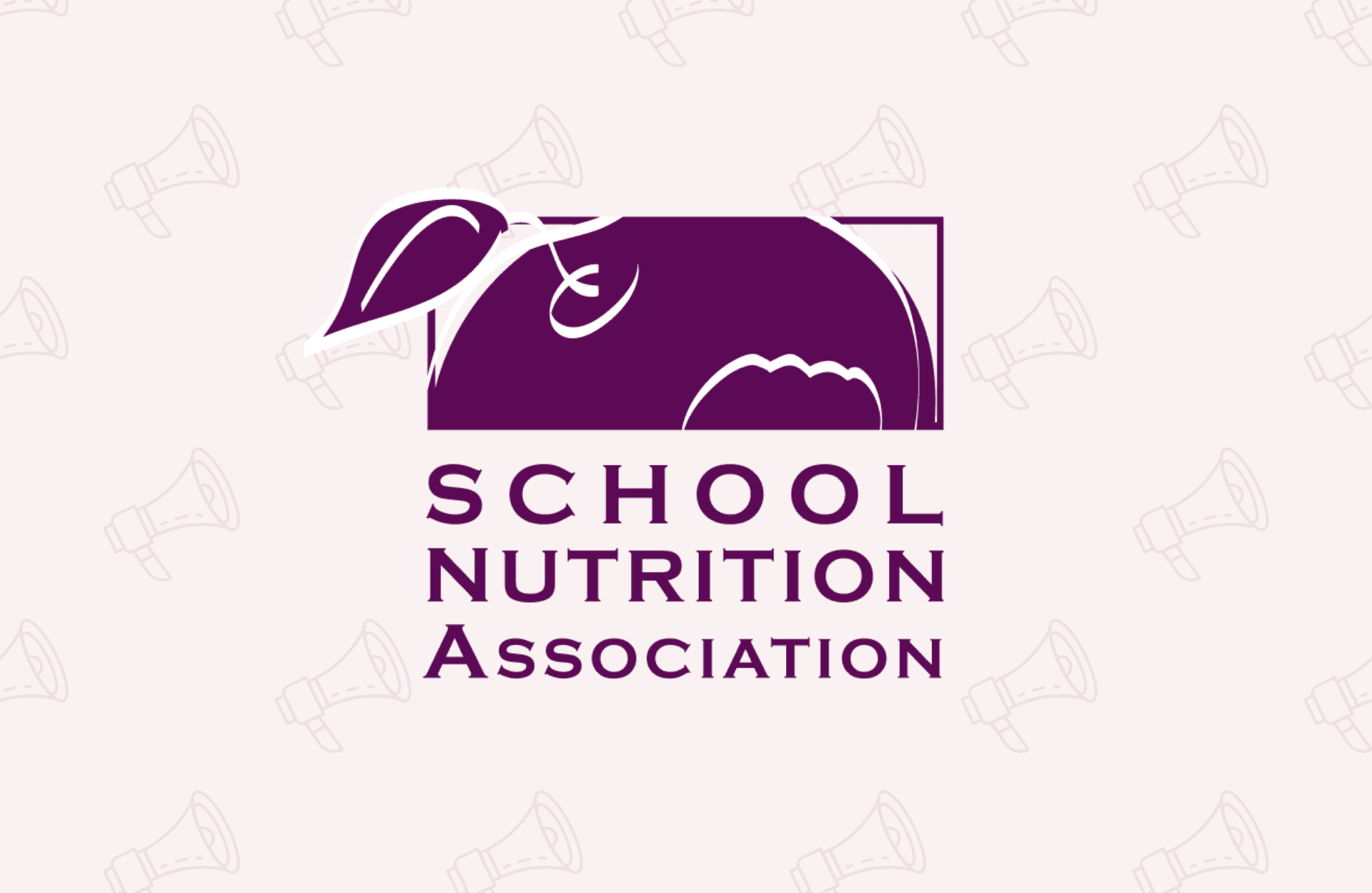It’s a well-known that the COVID-19 pandemic presented unprecedented challenges for schools and school meal programs, and recent data from the National Center for Education Statistics (NCES) and the School Pulse Pane shows that public schools—including the foodservice programs—are still being impacted.
A new report found that, as of October 2022, 83% of public schools reported facing procurement challenges that impacted multiple areas of school operations, with challenges related to foodservice being the most prevalent. In response, schools were forced to limit their menus, reduce the options available to students and staff and purchase alternative products or purchase from alternative vendors.
Supply chain disruptions aren’t the only challenges school meal programs are facing. Schools are still being hit with staffing shortages and increased program costs, as well as a struggle to convince parents to apply for free or reduced-price meals, resulting in an overall decrease in participation in federal school meal programs.
This data may be disheartening, but it’s not all bad news. Although only 18% of schools reported facing no challenges in operating their school meal programs during the 2022-23 school year, 73% reported that compared to the 2021-22 school year, it was either no more difficult or even easier to operate their programs despite the continued challenges, which points toward a brighter future for schools in the coming years.
Related Articles

SNA Recognizes Recipients of National Employee, Manager and Director Awards
Read More





